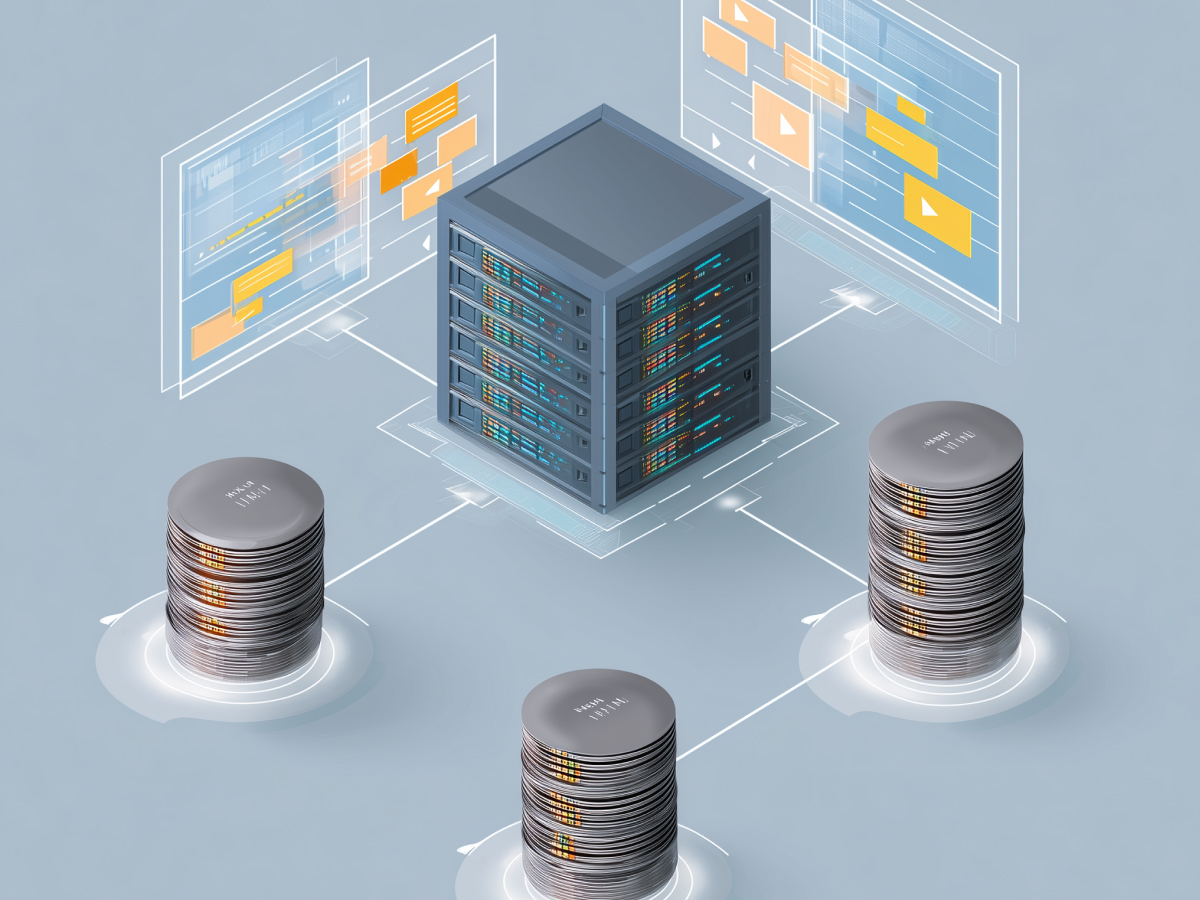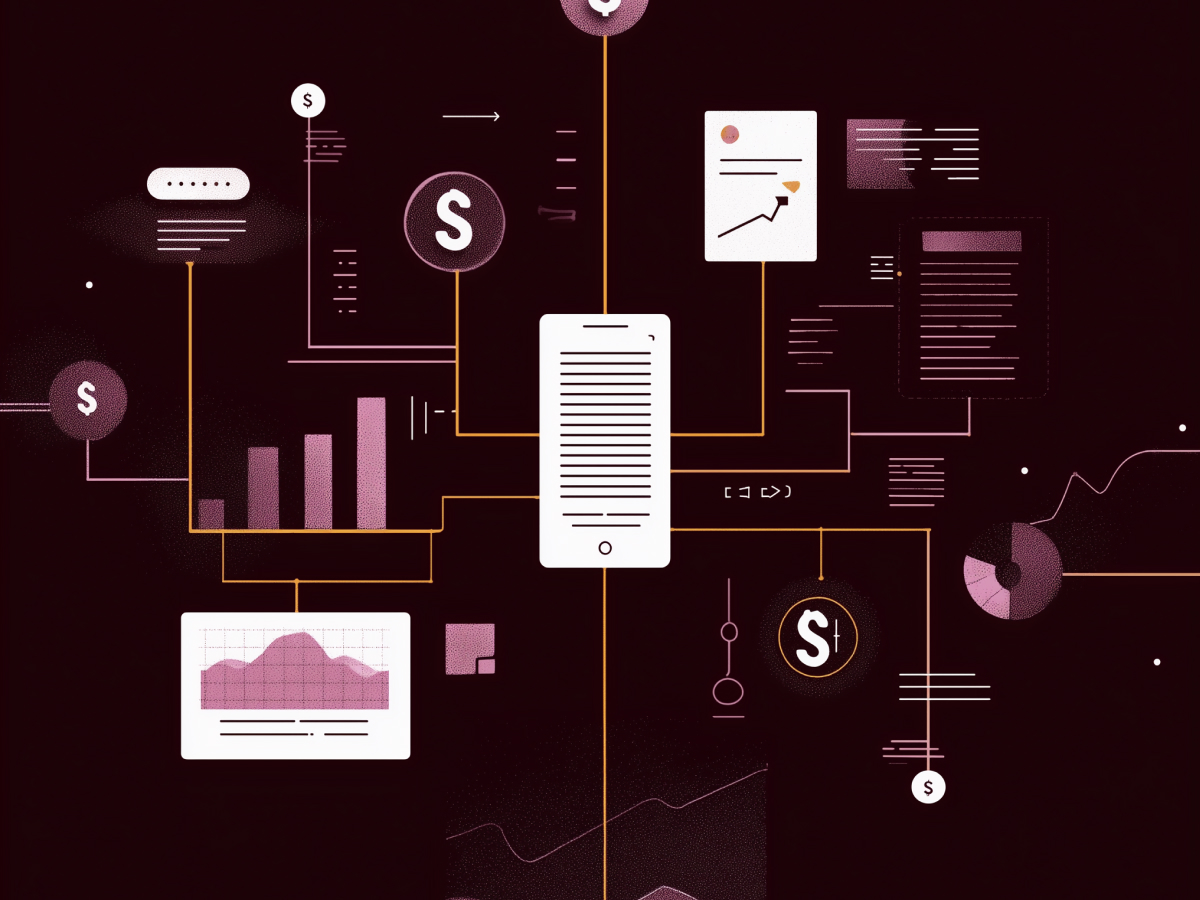Continuous learning is fundamental to effective DevOps teams
There’s a simple truth in tech: if your teams aren’t learning with every release, they’re falling behind. DevOps isn’t a system you set up once. It’s a continuous loop of building, shipping, failing, and improving. Today’s infrastructure changes quickly. Teams that learn on the fly, not just during offsite reviews or annual evaluations, are the ones that stay ahead.
In high-performing teams, each sprint functions as an upgrade cycle. Incidents aren’t just fixed, they’re reviewed, documented, and leveraged to avoid repeat issues. Code doesn’t just get deployed, it’s analyzed through automation, peer review, and system feedback to identify what can be improved next time. This is how operational speed scales without sacrificing reliability.
A team that learns as it builds becomes more adaptable and efficient. They make fewer avoidable errors, handle disruptions faster, and get better with every iteration. C-suite leaders need to understand: learning built directly into workflow isn’t a nice-to-have, it’s infrastructure.
Gene Kim understands this. As the author of The Phoenix Project, he put it clearly: “Improving daily work is even more important than doing daily work.” That’s not philosophical, it’s tactical. You can’t scale DevOps unless your team gets smarter with every deployment.
If you’re focused only on delivery speeds or shipping volumes, you’ll miss bigger issues that erode your operational base. Effective learning reduces downtime, flags inefficiencies early, and strengthens cross-functional collaboration. Thinking long-term, it improves system resilience and reduces cost over time. CTOs and technology executives must view continuous learning not as training overhead, but as an engine for operational efficiency.
Organizational barriers often prevent consistent upskilling
Now here’s the catch, most companies claim they support learning. Few actually do. Real learning gets interrupted by deadlines, firefighting, and broken feedback systems. Teams end up locked in reactive loops, solving the same problems over and over, without space to ask how they got there.
You see “hero culture” a lot, where one engineer gets praised for jumping in during a crisis. But the person quietly improving system reliability? Often overlooked. Long-term fixes don’t usually make headlines. But they move the entire system forward.
Another blocker is fear of failing. Without the space to experiment without punishment, teams stop innovating. They’ll avoid new tools, skip testing ideas, and continue business as usual, even when it’s slow or outdated. Eventually, burnout hits. Talent leaves. Progress stalls.
So leaders need to actively break this cycle. Free up time for retrospectives. Encourage people to question what’s slowing them down. Give them clear channels to surface feedback. If all your team’s insights live in Jira tickets that no one reads, there’s no real learning happening.
This isn’t just an engineering issue, it’s cultural. The problem starts with what your organization rewards. If recognition skews toward fast fixes rather than long-term improvements, you’re implicitly telling your teams, “Learning doesn’t matter.” That message filters down fast. Executives must redesign their reward systems, schedule architecture, and communications to identify and remove friction to learning. When that happens, what was a bottleneck becomes leverage.
Leadership is central to embedding a learning culture in DevOps teams
The fastest way to scale improvements inside a DevOps team isn’t with new tools, it’s through leadership. If you’re in charge of a team or a department, the way you prioritize learning directly determines whether your teams evolve or just repeat the same cycles at higher speeds.
Let’s be clear: continuous learning doesn’t happen on the side. It doesn’t belong after sprints or outside of delivery goals. Leaders who take it seriously make learning a built-in part of the process. That means dedicating time for knowledge-sharing, allocating budget for certifications and courses, and routinely revisiting systems that block team growth. When leaders put learning on the schedule, and protect that time, it sends an unmistakable signal: we improve as we operate.
The difference this makes is significant. Development becomes less reactive. Teams adjust tools and workflows in real-time. They test new approaches without waiting for permission. And they bring those insights back to the group, raising everyone’s capability with each cycle. It snowballs, because reinforcement happens from the top.
If learning is postponed until “once things calm down,” it never lands. The pace of innovation doesn’t slow, and teams that can’t keep pace eventually break under the pressure. Leadership that treats learning as strategic infrastructure? Those teams adapt faster than competitors.
Too many executives confuse “support” with structure. Saying “we value growth” isn’t enough. Without hard commitments, time blocks, approval pathways, direct funding, learning will always be sidelined for delivery. Leadership influence in DevOps isn’t measured solely in retrospectives or all-hands roadmaps. It’s reflected in whether teams are equipped to question, upgrade, and improve the way they work from sprint to sprint. Embedding that mindset requires direct, consistent action from the top.
Structuring feedback into routine practices strengthens team performance
If your team only reflects during quarterly reviews or emergent postmortems, you’ve already lost ground. Feedback isn’t a scheduled event. It’s a daily input. When feedback is integrated into development work, through code reviews, sprint retros, debriefs after incidents, it becomes a reliable engine for getting better without slowing delivery.
Consistent feedback loops help teams spot where things are breaking. Bottlenecks aren’t assumptions, they’re identified and addressed in near-real time. This structure keeps assumptions from becoming hardwired problems. It shortens the gap between issue and insight.
The better your feedback tools and habits, the fewer surprises you encounter during release. Risks get called out earlier. Cross-functional collaboration becomes smoother. Your team isn’t guessing, they’re working with shared context, sharpened by real-world input. That raises the overall quality of deployment and reduces repetition of avoidable mistakes.
Don’t assume feedback happens just because engineers talk to each other. It has to be structured. Casual interactions don’t replace reviewed commits, tracked retrospectives, or documented fixes. When there’s no clear routine around feedback, teams lose precision and context. Review processes cannot be left up to chance.
Senior leadership often overlooks the operational value of tight feedback loops. Engineering feedback is not “just detail” for mid-level managers, it directly impacts delivery velocity and system reliability. Executives should enable visibility and accountability across teams by codifying how feedback is captured, processed, and acted on. Doing this well allows faster corrections, less downtime, and more consistent rhythm throughout teams. It’s not micro-level noise, it’s macro-level gain.
Leaders must model learning and vulnerability
If you’re in a leadership role and you aren’t actively showing what you’re still learning, you’re setting the wrong tone. Teams don’t just listen to strategy. They watch behavior. When leaders act like they already have all the answers, it leaves zero room for open thinking underneath them. Learning stops at the top, and that pressure locks the team into playing defense.
Good leadership means showing your team that learning isn’t just permitted, it’s part of your job too. That could mean asking questions more often than giving directives, or admitting where you’re experimenting and what hasn’t worked yet. These aren’t signs of weakness, they’re indications that the environment is safe for adaptation. Leadership vulnerability, when anchored in curiosity and improvement, gives internal permission to explore, challenge defaults, and evolve systems.
You’re not expected to know everything. You are expected to clear the barriers that stop others from improving. That only happens when you normalize growth, especially at senior levels. If leaders shy away from inspecting their own operations or systems, that mindset spreads. But when the highest levels visibly embrace iteration, the rest of the organization follows.
Executives often underestimate the cultural impact of personal behavior. But at scale, your habits drive systemic norms. If you never show curiosity or admit uncertainty, your teams won’t either. That limits innovation, because growth requires vulnerability. Executives who lead openly, engaging directly with what’s unclear or emerging, build trust, reduce resistance to change, and accelerate team-wide learning cycles. The top of the organization culture chain controls how fast, or how slow, the team adapts.
Safe-to-fail environments enable innovation and adaptability
If your team has to get everything right the first time or they face pushback, they’re going to stop trying new things. That’s operational friction leaders create without realizing it. In high-functioning teams, experimentation is built into how work gets done, small pilots, fast iterations, and clear space for results to be assessed without blame.
You don’t get transformation by locking risk out of the system. You get it by knowing where risk is manageable, and placing it there deliberately. When teams know they can test improvements without being penalized, you see faster cycles of validation and adoption. Better processes show up and get refined quickly. Older, inefficient workflows get flagged faster. The result is a system built around shared ownership and collective progress, not fear of failure.
This requires leaders to set guardrails, not approvals. Don’t gate every experiment behind layers of sign-off. Define what good feedback looks like, track it, and scale what works. If people are trying to stay under the radar with their ideas, you’ve got a control problem, not a quality one.
For C-level execs, the key is understanding that adaptability doesn’t come from more oversight, it comes from distributed confidence. Every small experiment your team is able to run safely is a signal to you about system health. Executives who allow space for those experiments, and who design limits around exploration rather than consequences, get more innovation, lower churn, and more accurate risk data. It’s not about loosening standards. It’s about improving how resilience is built in.
A learning culture produces measurable operational benefits
Teams that treat learning as part of daily operations improve faster, and with less friction, than those that don’t. These teams bounce back from system failures with clarity because they know what to investigate, what to document, and how to apply real fixes instead of temporary workarounds. They build not only incident response speed, but long-term stability. They also ship cleaner, more consistent code because they integrate lessons from previous sprints and deploy automation to reduce manual errors.
This approach reduces operational overhead. Repetitive, manual work gets eliminated because teams actively look for inefficiencies and fix them. Runbooks improve because they’re refined from real-debrief input. Logging and monitoring systems become actionable because the right data is prioritized through discussion. These aren’t intangible outcomes, they’re direct reductions in downtime, toil, tech debt, and risk accumulation.
This is where the investment pays off. Making learning a core operating function reduces fragility in both infrastructure and workforce. It builds shared understanding, increases velocity, and improves quality simultaneously. And those are metrics that matter up and down the organization.
Senior executives should view a structured learning culture not just as people development, but as operational optimization. The hidden cost of not learning, duplicate incidents, systems patched instead of improved, rising support cases, remains until it’s surfaced and addressed systematically. Embedding learning means your teams don’t just recover faster, they operate with fewer interruptions in the first place. That translates directly to revenue defense, customer trust, and market responsiveness.
Investing in continuous learning enhances talent retention
Retention isn’t just about salary or perks. Skilled people stay where they feel challenged, trusted, and able to grow. In high-performing DevOps teams, learning is part of the culture, not a side bonus. When leaders invest in continuous growth, they create the conditions where people want to stay.
This investment works both ways. Teams that learn together build deeper ownership. Their work improves because they’re not just tasked with execution, they’re given the tools to improve the system they work within. That kind of autonomy boosts engagement. And engagement sustains retention, especially in competitive markets.
When people see their ideas implemented, their skills expanded, and their development supported by leadership, it sends a clear message: you’re expected to grow, and your growth matters. That message cuts through noise and holds weight, especially for engineers who won’t tolerate stagnant environments.
Executives should stop viewing learning investment purely through the lens of training budgets. It’s an end-to-end strategy for attracting and retaining top talent. Growth-focused environments outperform because they keep institutional knowledge in-house, reduce onboarding friction, and develop internal leaders faster. Ignore this, and you’ll see your best performers leave, not just for better pay, but for the opportunity to evolve. That loss slows momentum in ways that can’t be recovered quickly or cheaply.
In conclusion
You’re not just running projects. You’re shaping environments where ideas either stagnate or scale. If your DevOps team isn’t learning as part of their workflow, you’re building fragility into the system, whether you see it or not. The highest-performing teams didn’t get there by working harder. They got there by improving how they work, every day.
As an executive, your lever isn’t code. It’s culture. You decide if there’s time to reflect, space to experiment, and support for growing. Daily learning isn’t overhead, it’s stability. It’s resilience. And in a high-speed, high-stakes environment, it’s how you stay ahead.
So ask yourself: if your team is stuck today, is it because they’re not moving fast enough, or because they’ve had no time to get better? Start there. That’s where real growth begins.





